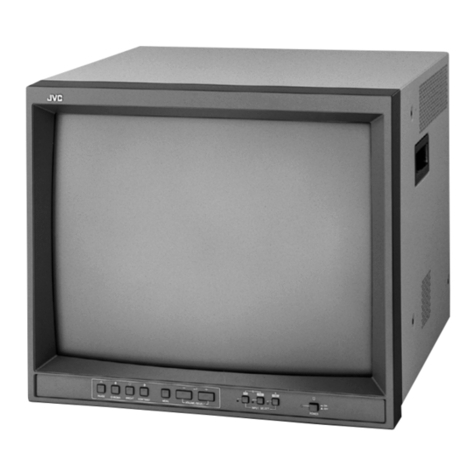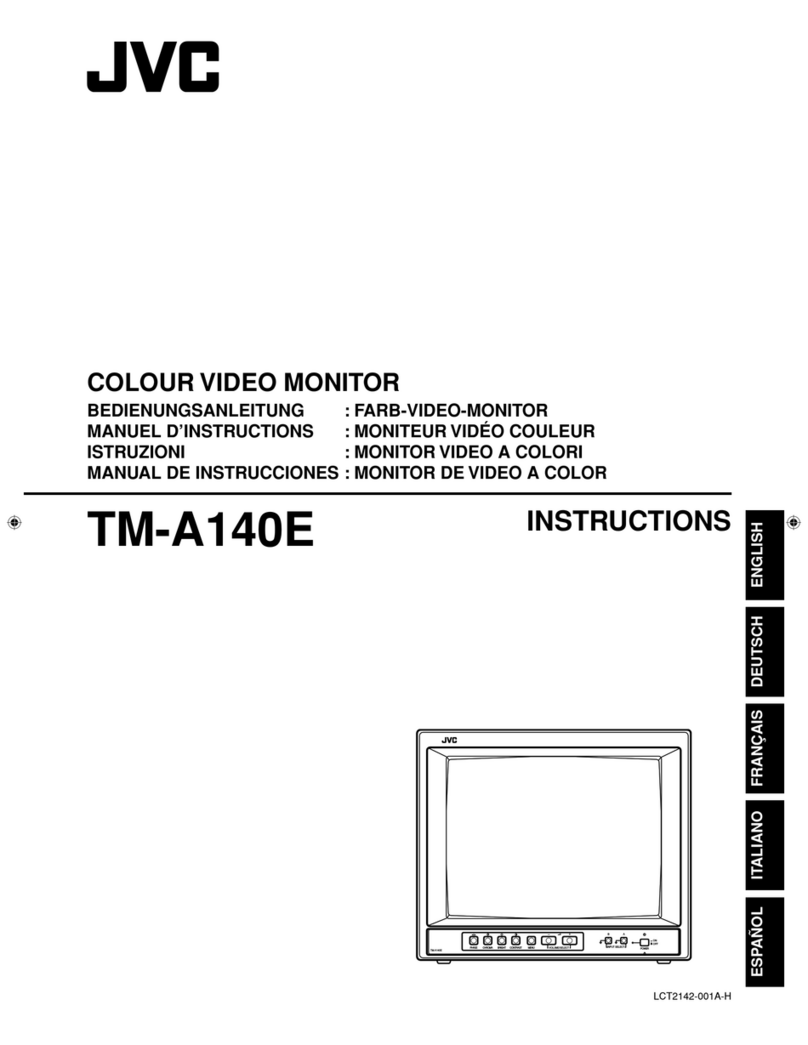JVC TM-1500PS User manual
Other JVC Monitor manuals

JVC
JVC KW-M565DBT User manual
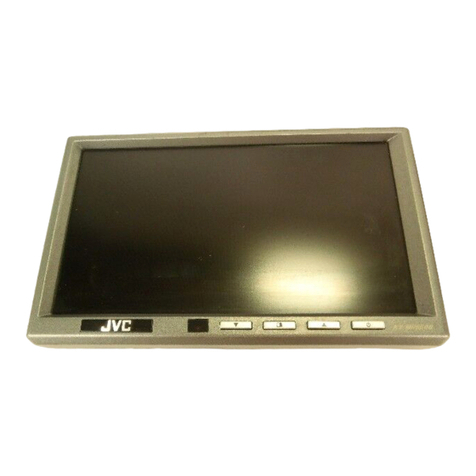
JVC
JVC KV-MH6500 User manual
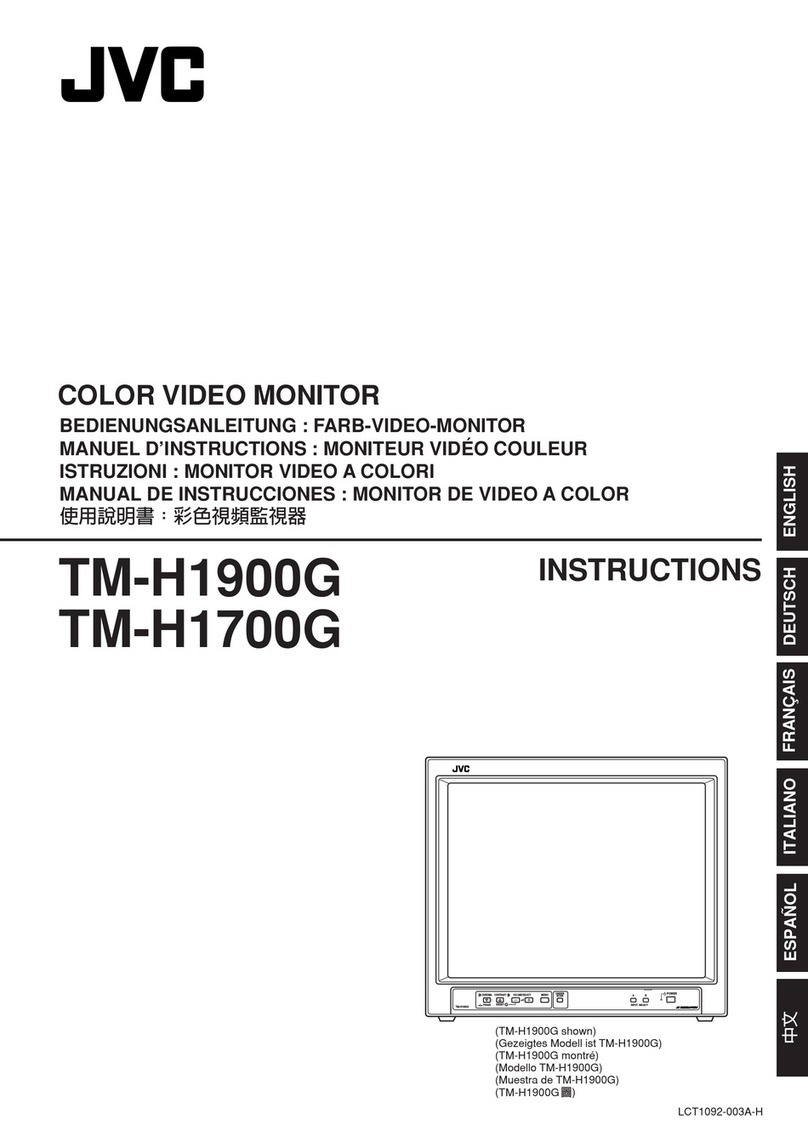
JVC
JVC TM-H1700GU - Color Monitor User manual
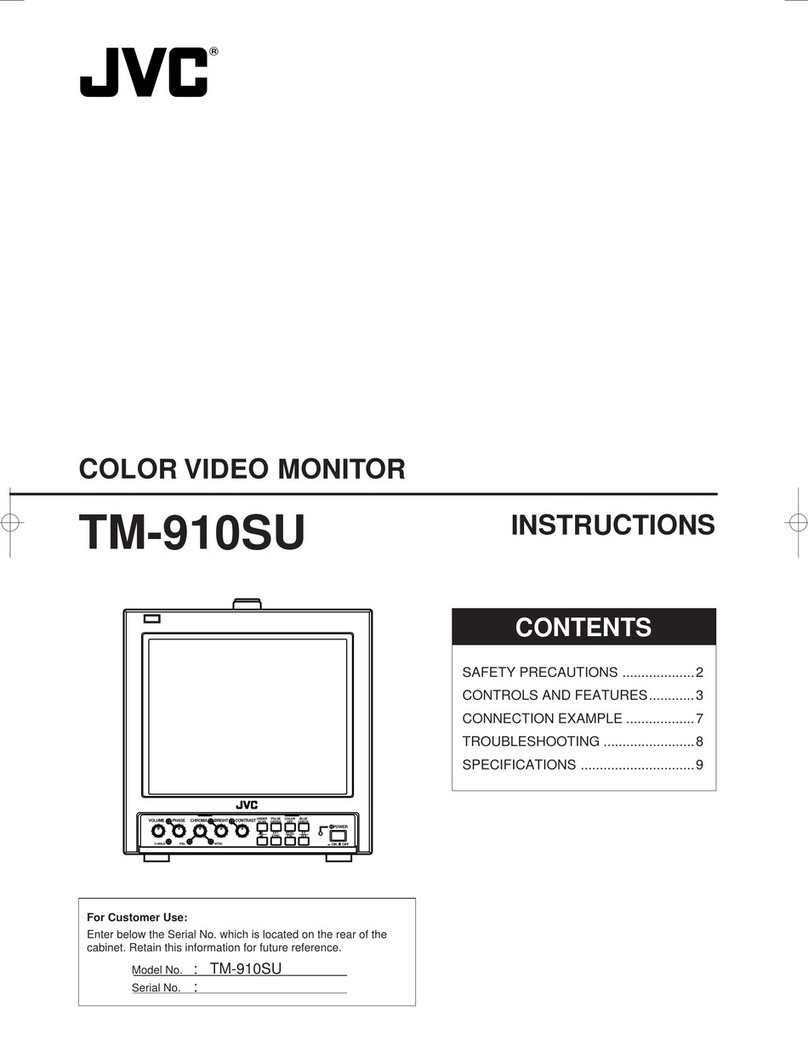
JVC
JVC TM-910SU - Professional Monitor User manual
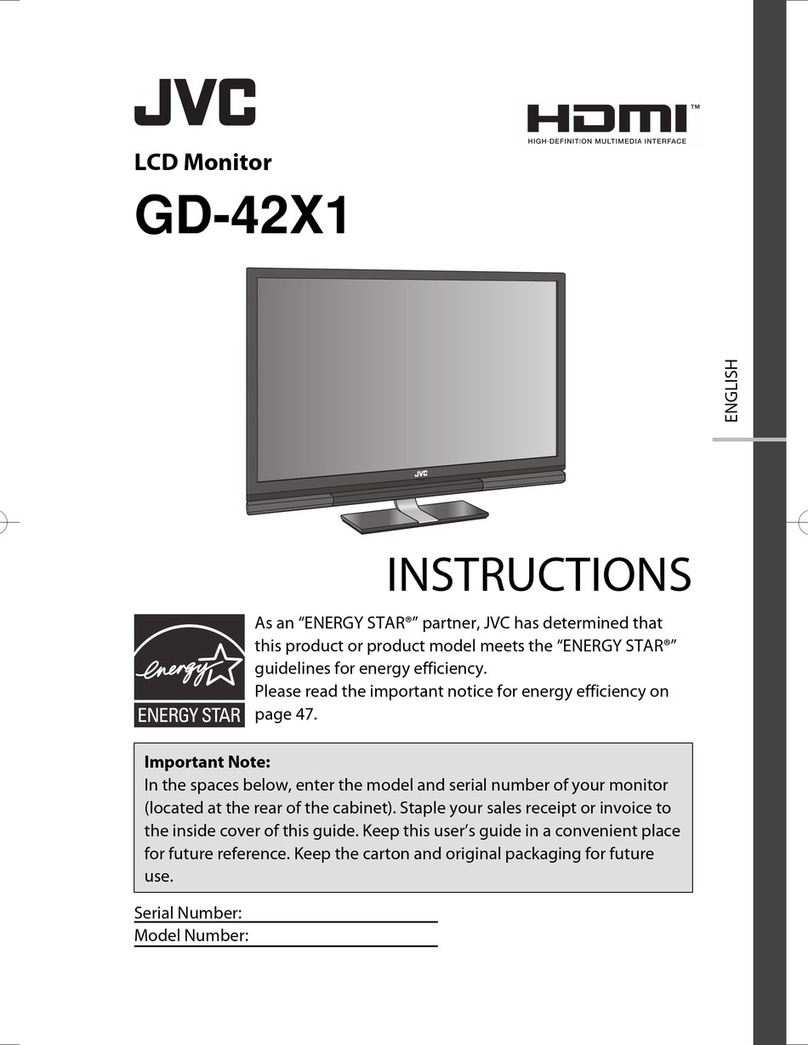
JVC
JVC GD-42X1 User manual

JVC
JVC LT-50N530Z User manual
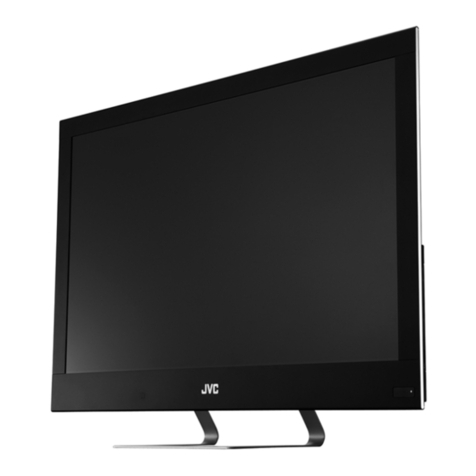
JVC
JVC 0909HHH-MW-MT2009 User manual
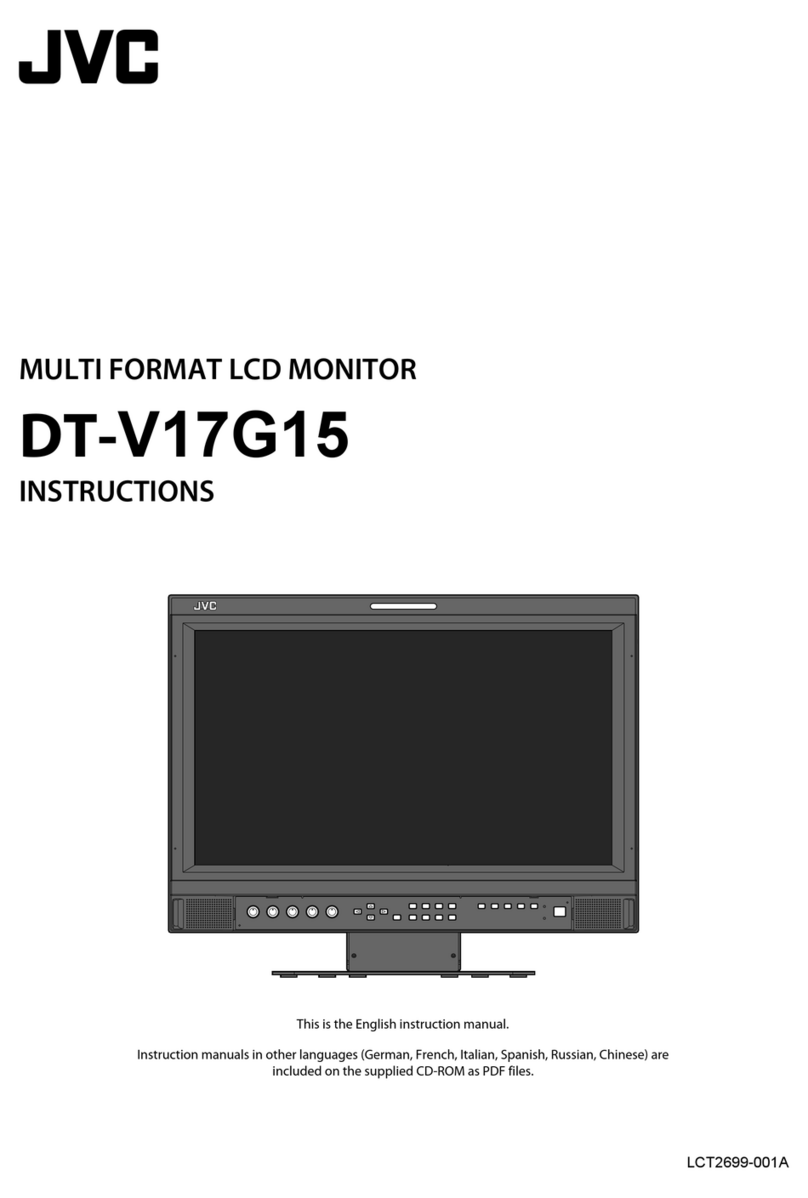
JVC
JVC DT-V17G15 User manual
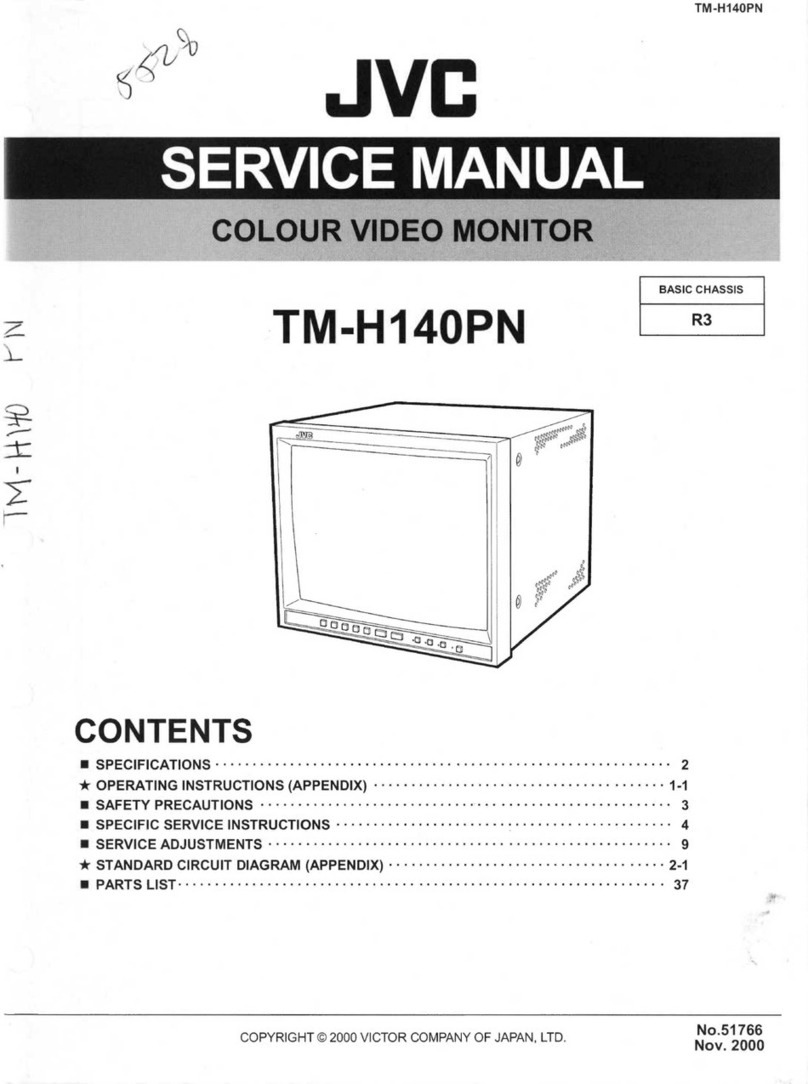
JVC
JVC TM-H140PN User manual
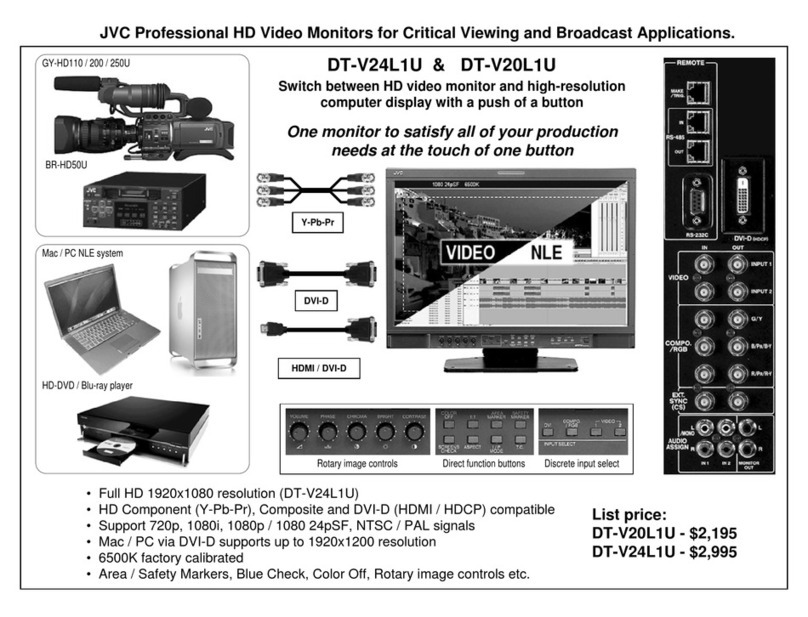
JVC
JVC DTV24L1U - MultiFormat LCD Monitor Owner's manual
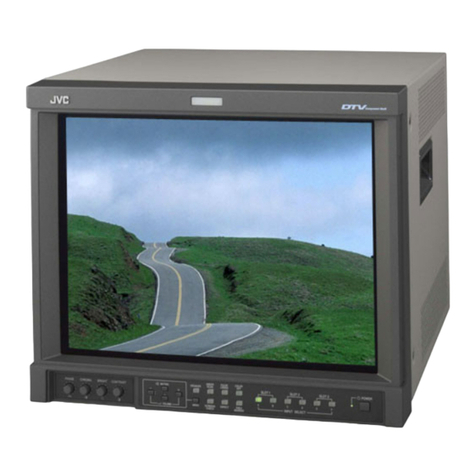
JVC
JVC DT-V1710CG/E User manual
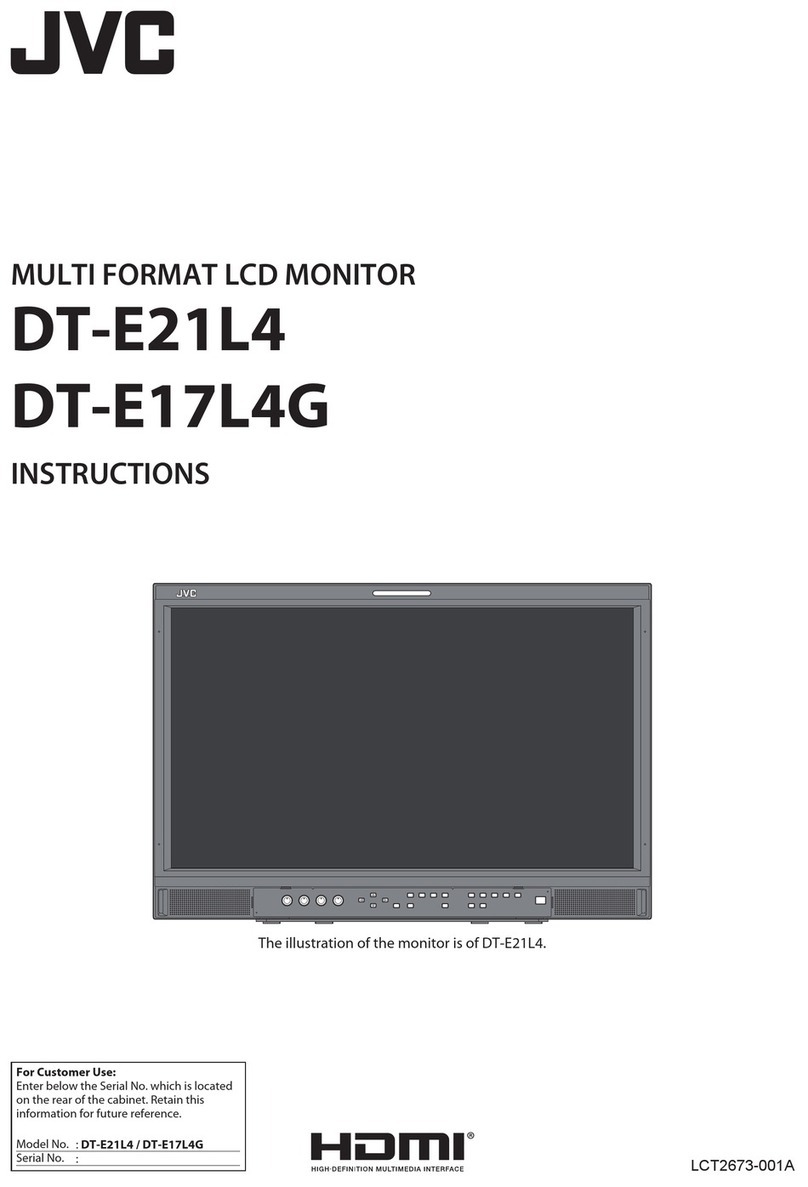
JVC
JVC DT-E17L4G User manual
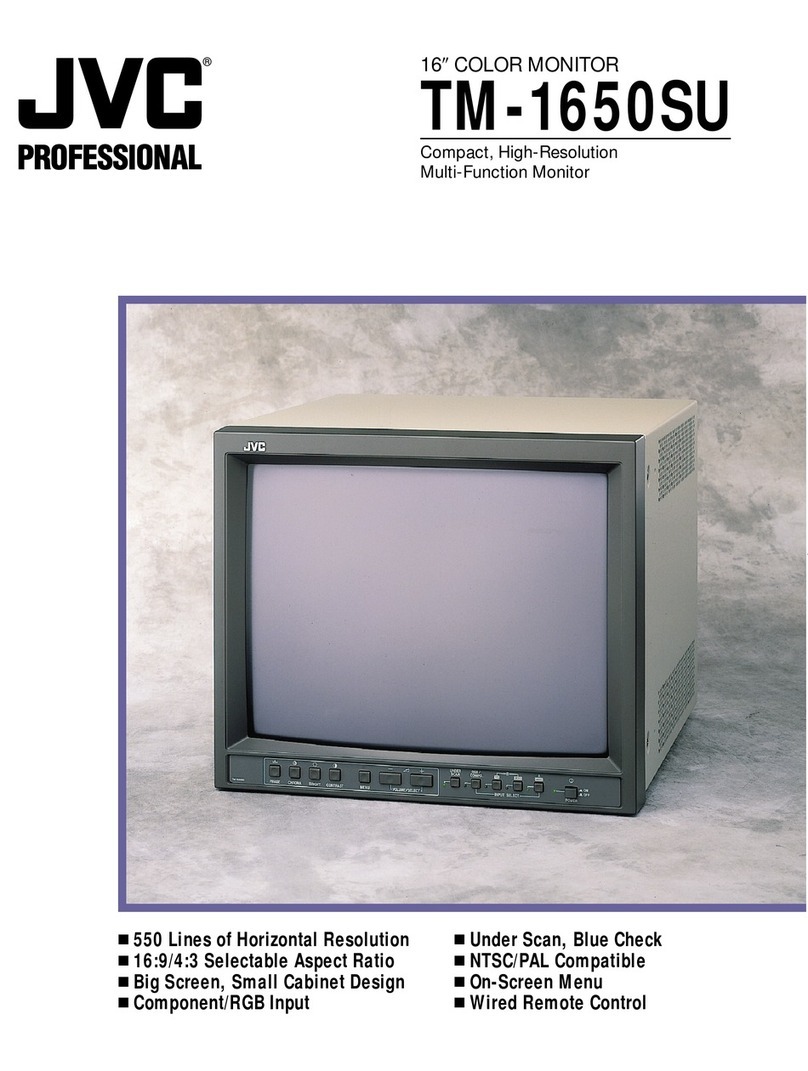
JVC
JVC TM-1650SU - Color Monitor User manual
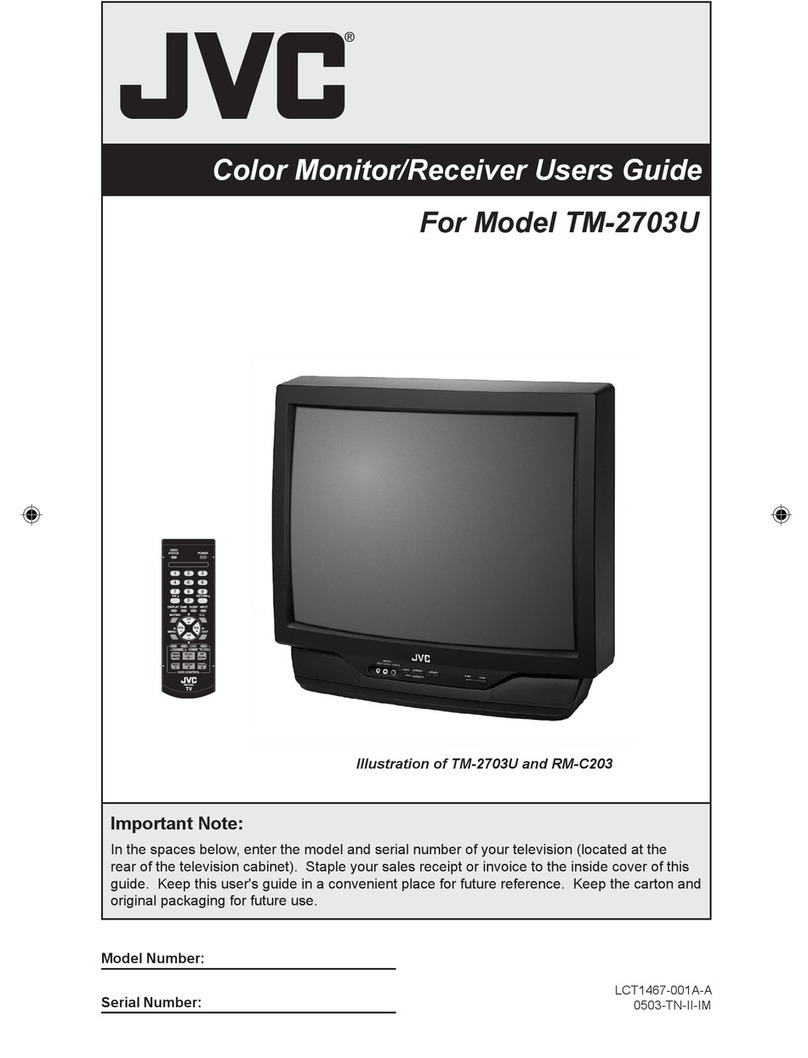
JVC
JVC TM-2703U User manual
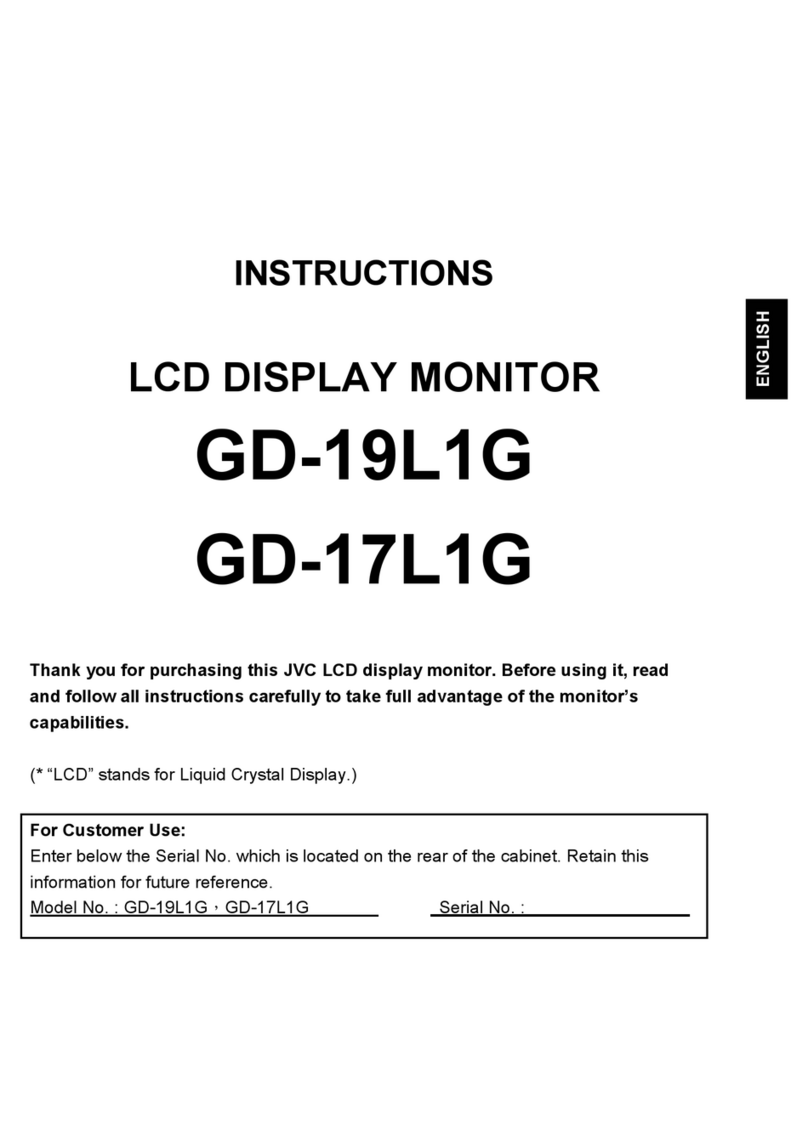
JVC
JVC GD-17L1G/E User manual
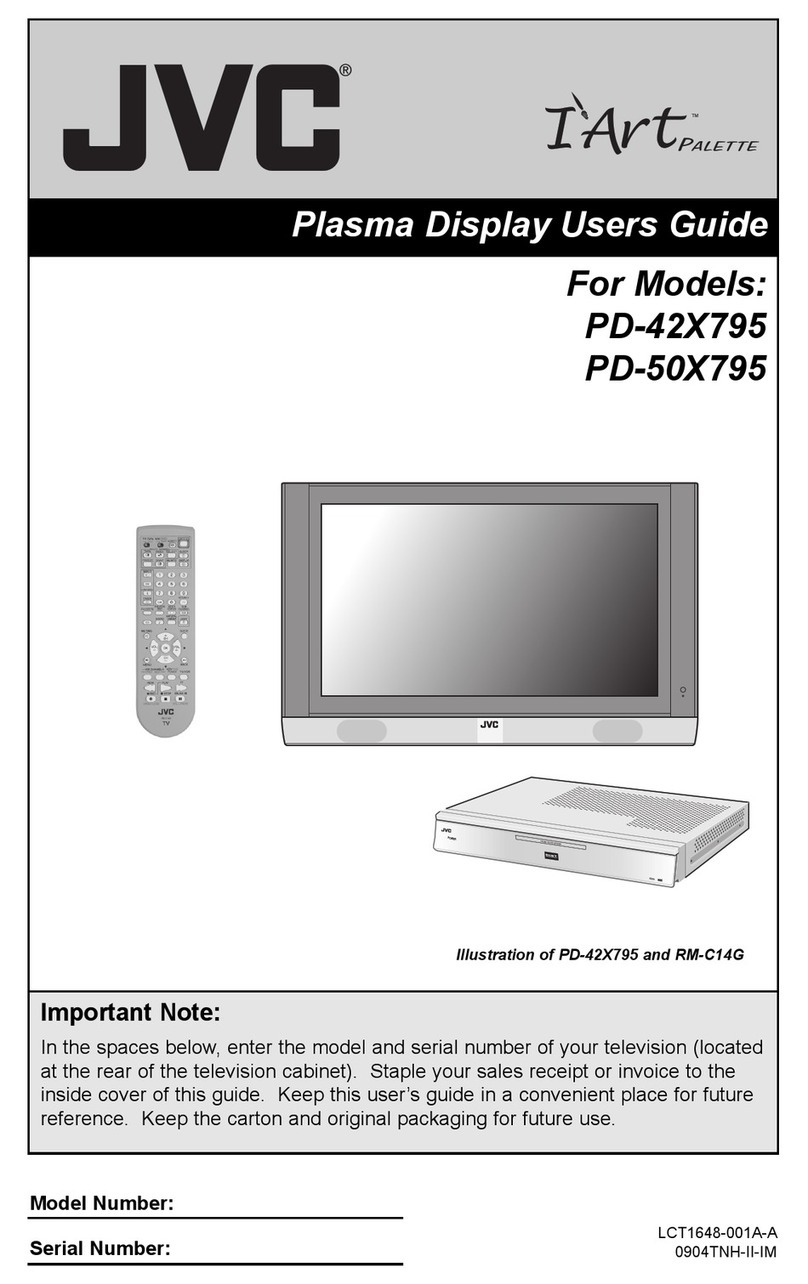
JVC
JVC I Art PD-42X795 User manual

JVC
JVC TM-15L1D User manual

JVC
JVC RS-840UD User manual
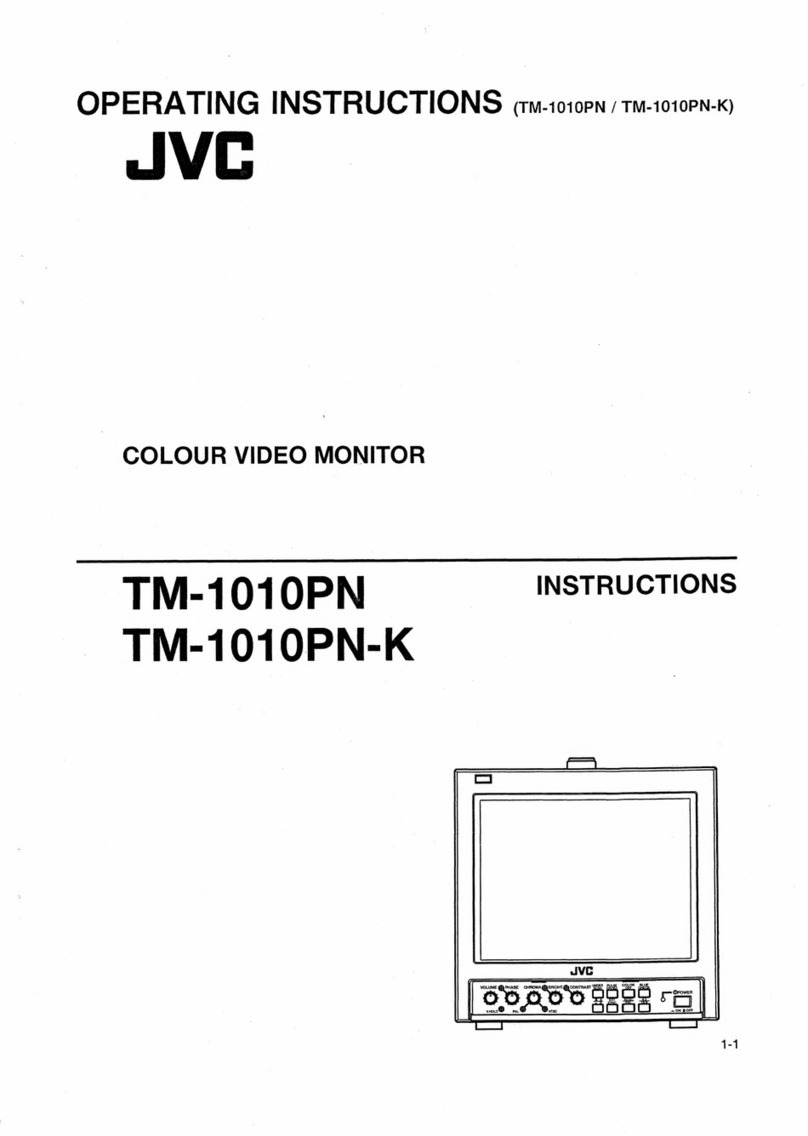
JVC
JVC TM-1010PN User manual
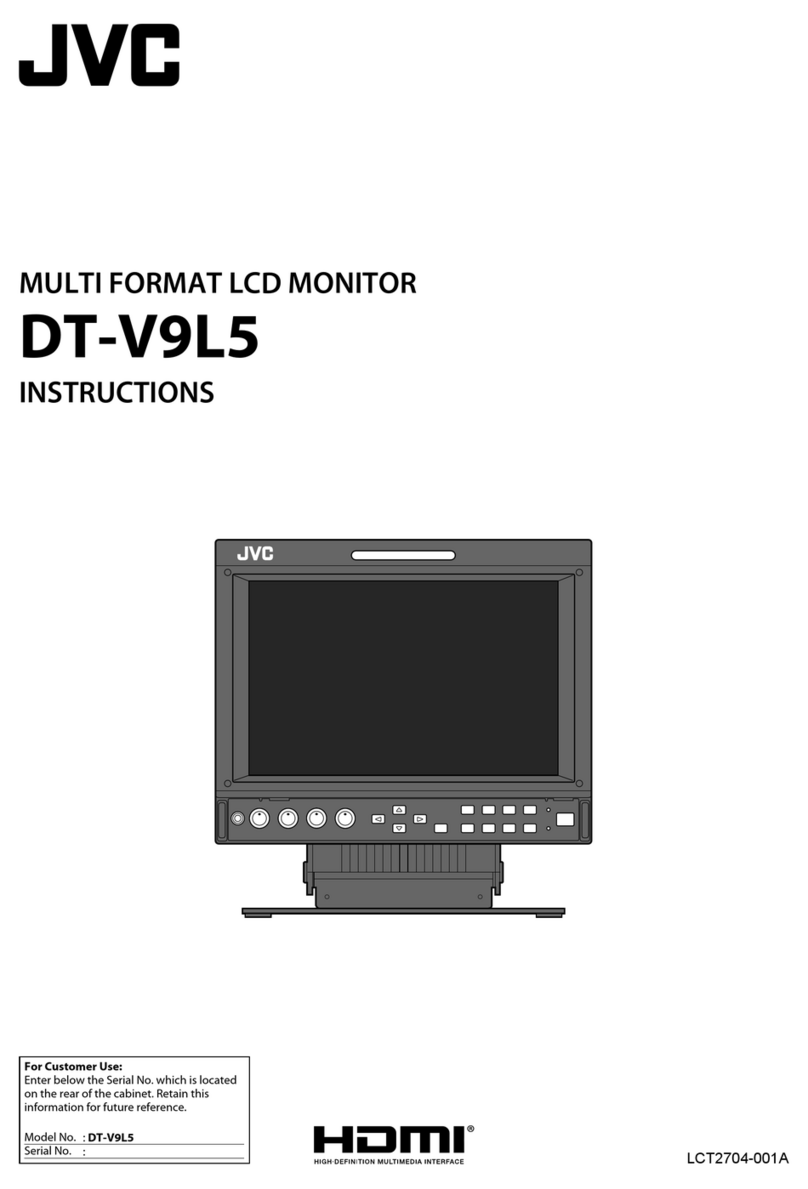
JVC
JVC DT-V9L5 User manual

